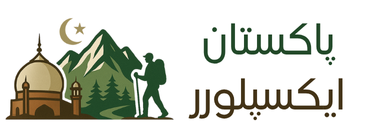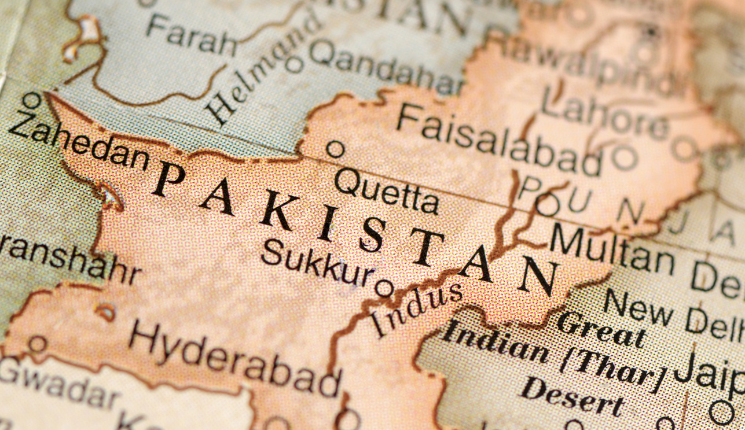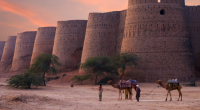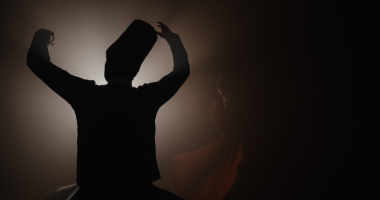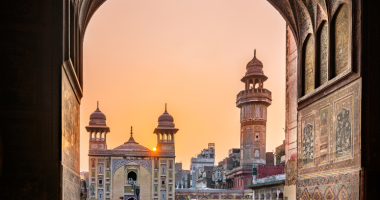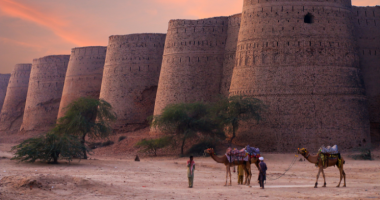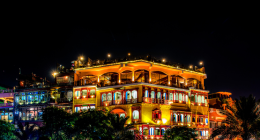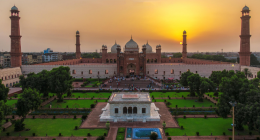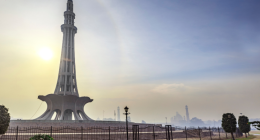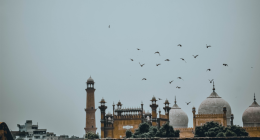Looking for something more soulful than just scenic views? Let’s dive into the cultural destinations of Pakistan that offer timeless traditions, incredible crafts, and unforgettable folk stories. While many travelers chase mountains or beaches, those who seek culture will find Pakistan an open-air museum of heritage, living crafts, and colorful festivals.
Lahore: The Cultural Crown of Pakistan
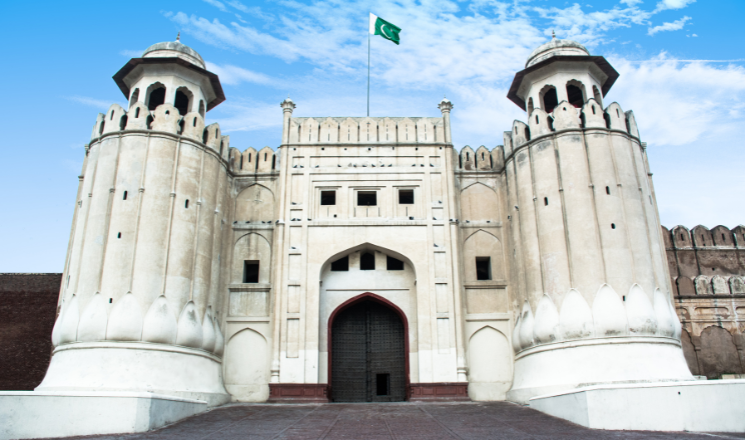
One of the richest cultural destinations of Pakistan is undoubtedly Lahore. Walking through its old city feels like stepping into a painting. Though the city buzzes with modern life, its roots remain deep in tradition.
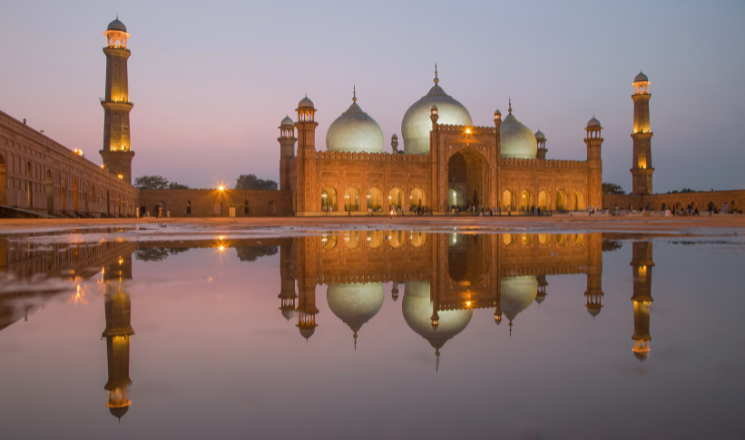
Start with the magnificent Badshahi Mosque, then wander through Shahi Hammam and Lahore Fort, all UNESCO World Heritage Sites. Yet, what truly defines Lahore’s charm is its living culture. At Anarkali Bazaar, you’ll find vendors selling embroidered shawls, hand-painted ceramics, and classic khussa shoes. Meanwhile, Lok Virsa-style folk performances light up local parks and cafes with storytelling, music, and dance.
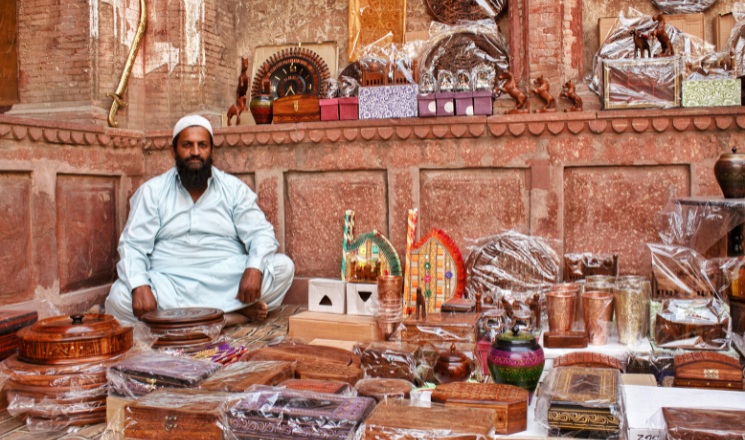
Transitioning from royal to rustic, the streets carry the scent of spices and the sound of Qawwali—a tradition still alive at Data Darbar. Indeed, culture here isn’t kept in museums—it’s lived daily.
Multan: Artistic Heart of Cultural Pakistan
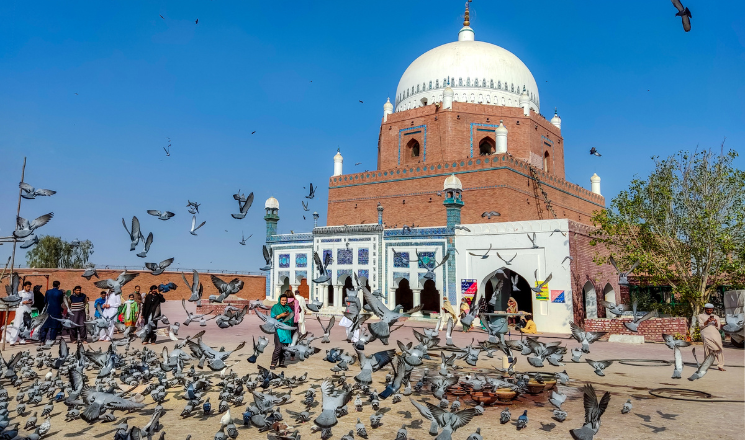
Another iconic stop on the cultural destinations of Pakistan trail is Multan, known as the “City of Saints.” But beyond the spiritual, this city is a haven for artisan brilliance.
Multani blue pottery is world-renowned, created with natural pigments and hand techniques passed down generations. Add to that the intricate Ajrak block-printing, where earthy tones meet geometric patterns in hypnotic designs. These crafts aren’t simply decorative—they reflect Multan’s deep-rooted cultural symbolism.
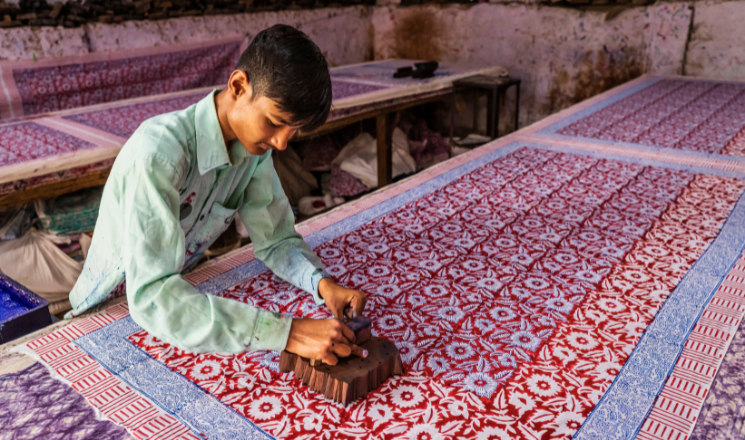
Moreover, many locals still wear traditional handloomed fabric and perform Sufi music in vibrant public spaces. In essence, Multan merges faith, art, and daily life beautifully.
Hunza Valley: Folk Culture & Crafts
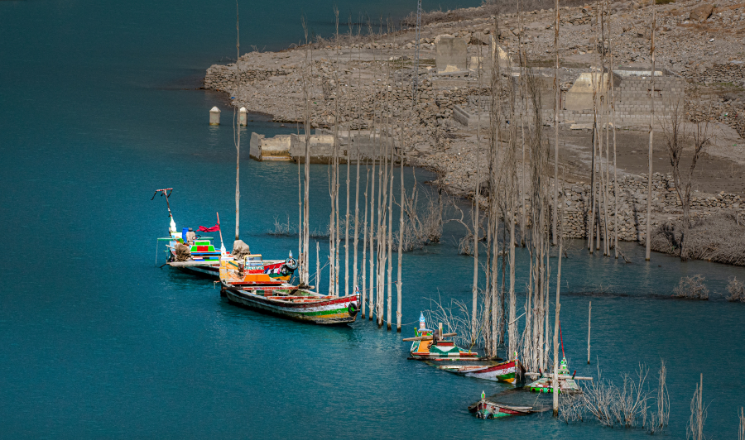
While famous for landscapes, Hunza Valley is also a unique stop among the cultural destinations of Pakistan for its folk culture. The indigenous Burusho people maintain strong traditions in festivals, crafts, and dress.
During Ginani Festival, music, dance, and storytelling breathe life into the valley’s identity. Visitors often discover handwoven caps, woolen shawls, and wooden crafts that reflect not just beauty but also self-sustaining traditions.
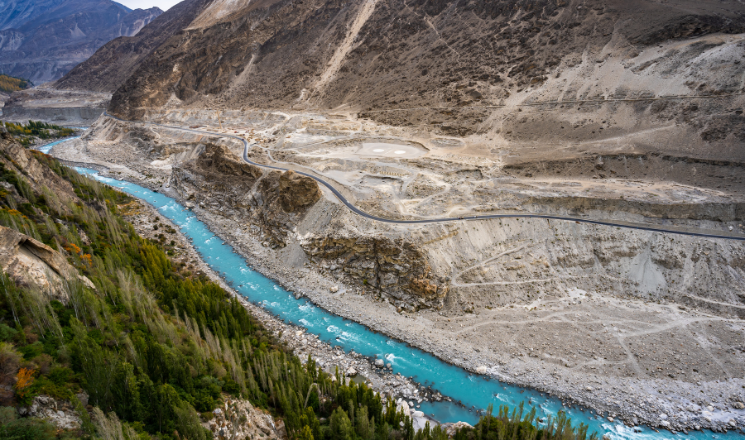
Historic forts like Altit and Baltit serve as cultural museums, preserving oral histories and original utensils, weapons, and jewelry. Every corner whispers ancient stories, blending heritage and harmony with nature.
Karachi: Urban Meets Folk Heritage
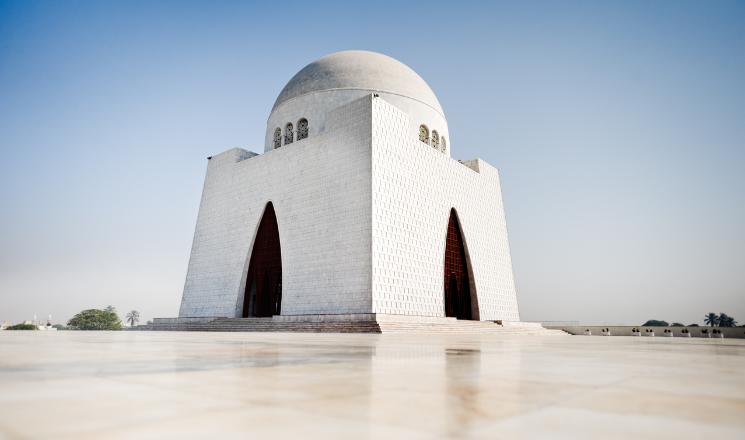
While Karachi appears modern at first glance, it’s an eclectic cultural hub that celebrates both tradition and innovation. As one of the busiest cities, it’s also among the most surprising cultural destinations of Pakistan.
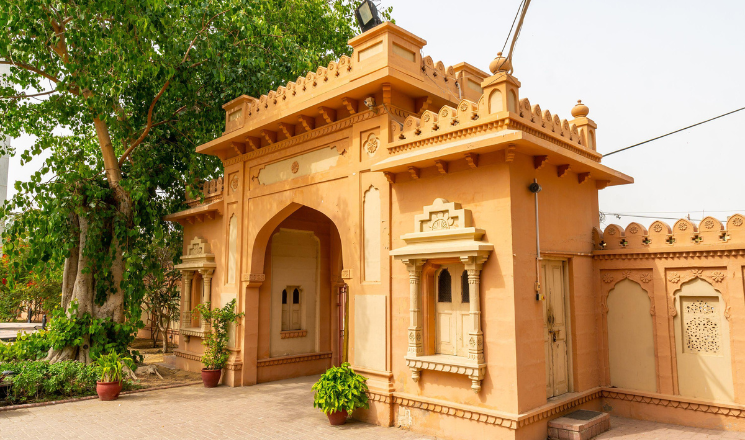
Start with Mohatta Palace, showcasing heritage exhibitions and folk art. Then, stroll through Saddar’s Empress Market, where you’ll find vendors selling rilli quilts, camel skin lamps, and copperware—all sourced from rural Sindh and Baluchistan.
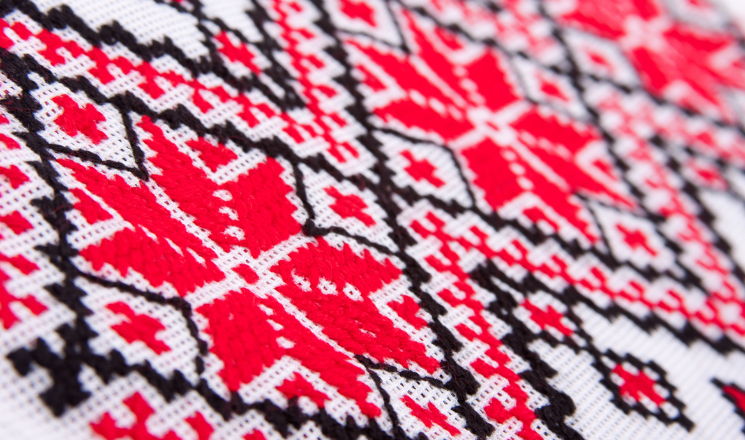
Transitioning from old to new, Karachi’s youth have embraced truck art in fashion and murals. Even modern cafes and fashion brands now incorporate traditional embroidery into cutting-edge design. It proves culture isn’t stuck in time—it evolves.
Tharparkar: Desert’s Creative Spirit
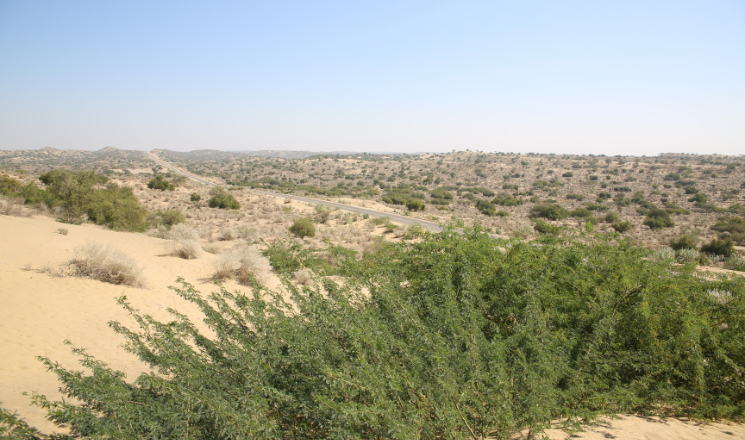
For a different flavor of folk life, head to Tharparkar. Despite its remote desert setting, it stands tall as one of the richest cultural destinations of Pakistan.
Here, the Thari women excel in mirror embroidery, using vivid threads and reflective glass to create magical motifs on clothes and home decor. Their artistry doesn’t just stay in homes—it’s celebrated in exhibitions worldwide.
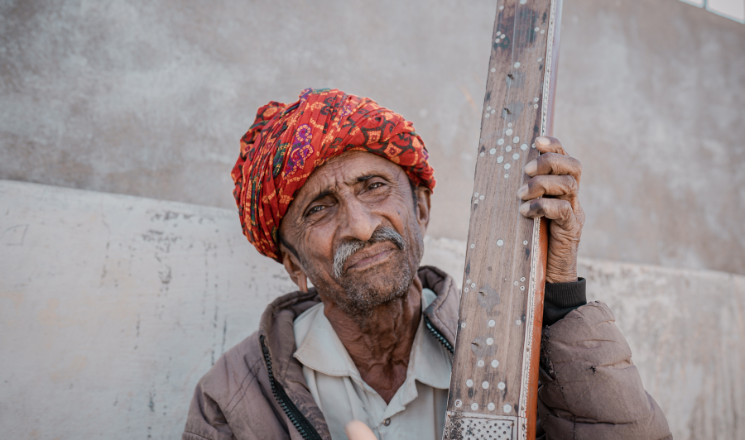
Furthermore, folk musicians like Mai Dhai have introduced traditional Marwari and Sindhi songs to global audiences. Even now, evening gatherings in desert courtyards echo with music played on instruments like dholak and sarangi, keeping traditions alive.
Swat Valley: Crafts of the Past

Another treasure among cultural destinations of Pakistan is Swat Valley. Beyond its serene views lies a layered cultural heritage rooted in Gandharan history and tribal crafts.
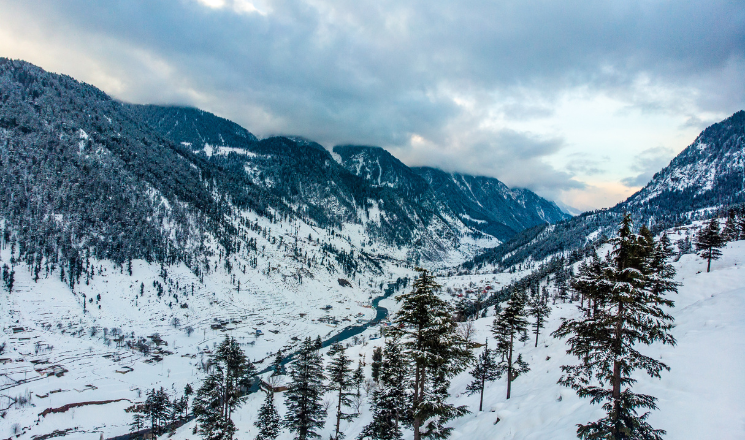
The Swat Museum features ancient Buddhist statues and local tribal jewelry. But culture isn’t locked behind glass. Swat’s artisans still handcraft wool shawls, stone carvings, and traditional headpieces worn during village events.
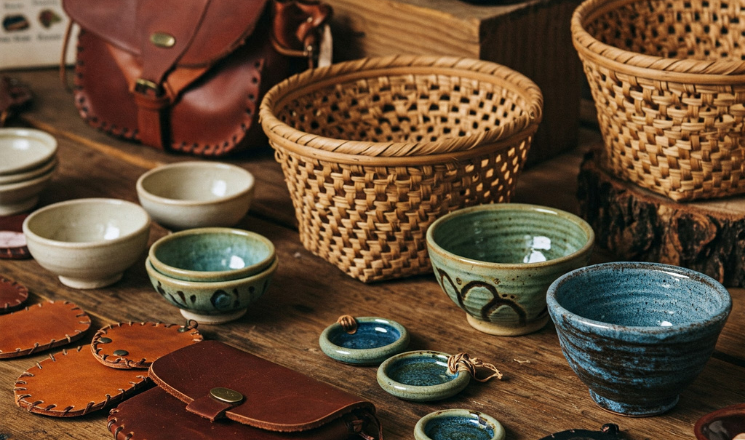
Local women weave shawls with natural dyes, and elder craftsmen teach younger generations to carve walnut wood into intricate home decor. Even their dances, performed during festivals, reflect stories passed down for centuries.
Peshawar: The Gateway of Stories
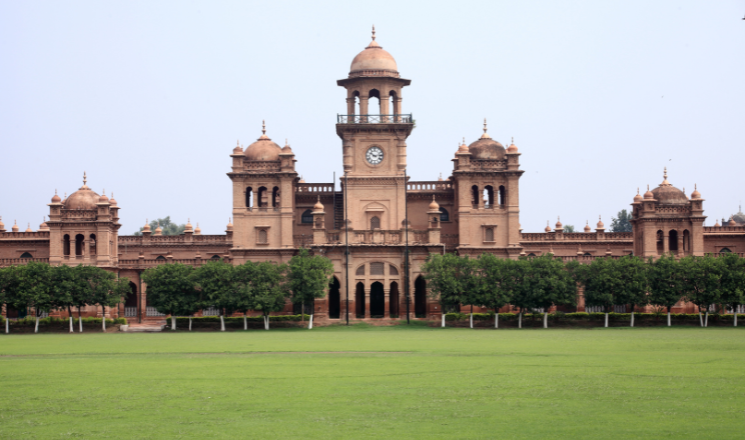
Few places are as historically rich as Peshawar, one of South Asia’s oldest cities. It’s an unmissable stop when exploring cultural destinations of Pakistan.
In the famed Qissa Khwani Bazaar (Storytellers’ Market), you’ll find copper artisans, spice sellers, and elders spinning tales of the past. Here, local culture isn’t displayed—it’s performed.
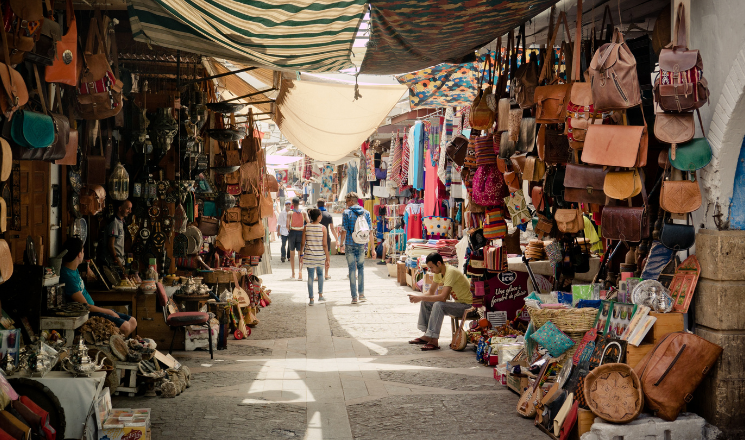
Walk into alleyway shops, and you’ll see artisans crafting Peshawari chappals, hand-knotted rugs, and rubabs (traditional instruments). This vibrant city celebrates oral history, craftsmanship, and poetry, often all at once.
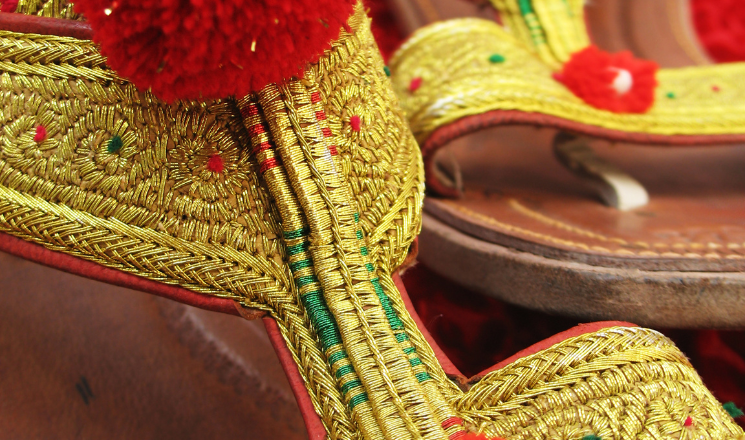
Even today, poets and musicians gather in tea houses, passing on stories in verse, just like their ancestors did.
Helpful Tools and Cultural Apps

To make your journey through these cultural destinations of Pakistan even better, check out these apps and tools:
- Lok Virsa Heritage App: Virtual exhibitions and folk artist directories.
- Heritage360: A platform highlighting regional artisans and handmade products.
- Tourism Pakistan App: Helps you find cultural festivals, crafts villages, and historic spots nearby.
These resources not only guide your travel but help you engage with traditions more deeply and respectfully.
Why These Cultural Destinations Matter
The reason these cultural destinations of Pakistan are worth exploring goes beyond tourism. They protect and promote the country’s folk soul.
Each woven shawl, every beat of the dhol, and all those intricate embroidery patterns represent identities shaped over centuries. When we visit these places and support their artisans, we help preserve traditions that might otherwise fade.
Moreover, cultural travel bridges gaps. It builds empathy, understanding, and sometimes even friendships across borders and backgrounds.
Final Thoughts: Folk Heritage Lives On
Exploring the cultural destinations of Pakistan is like opening a living storybook. From Lahore’s poetic streets to Tharparkar’s embroidered dresses, each place offers something real, raw, and rare.
These aren’t just tourist stops. They’re places where music, stories, and crafts are still part of everyday life. So, pack light—but keep space for the memories, colors, and warmth you’ll surely bring back.
In a world rushing toward the future, these destinations gently remind us to value the past.
Let Pakistan’s folk heritage inspire your next journey.
